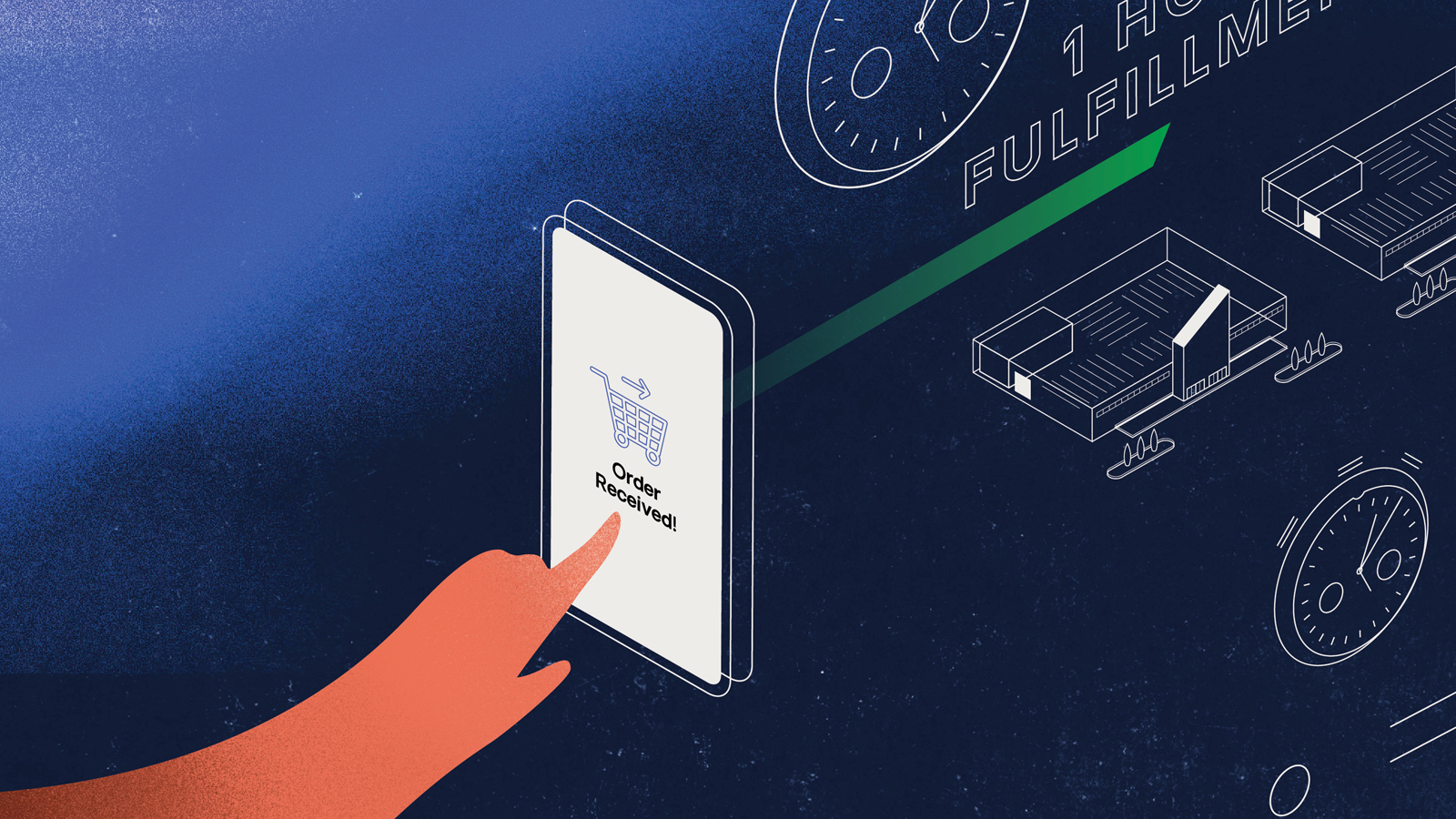Retailers: Take Back Ownership of the Customer Experience

It’s no secret that today’s retail environment is a challenge. Not only are retailers competing for mind share, but they also have to adapt to consumers’ ever-changing preferences — all while fighting tight margins and remaining profitable.
Gone are the days when customers solely shop in-store. Online shopping has infiltrated just about every shopping decision, and consumers demand access to whatever they want whenever they want it. In fact, according to a report from BRP, 77% more likely to shop at a store if it offers same-day delivery. This digital shopper has high expectations, and retailers are scrambling to appease every desire.
For many retailers, siding with a quick strategy to win over new customers has been a common practice. However, quick remedies, like partnering with third-party delivery services, aren’t sustainable for retailers long-term. One solution that retailers are turning to is micro-fulfillment, a strategy that puts mini distribution centers in the back of retail stores or in nearby urban fulfillment centers and dark stores to serve the needs of local markets. Micro-fulfillment empowers retailers to take back ownership of the customer experience that can potentially be lost with third-party partnerships or other quick fixes.
1. Shopping experience
By utilizing a micro-fulfillment strategy, retailers have availability to take ownership of the shopping experience, something they lose when partnering with a third-party delivery service. For example, if a product ordered through an app is not available for purchase in-store, the third-party deliverer is left to make a decision on an alternative. If that choice doesn’t match the buyer’s expectations and preferences, a convenient option can quickly turn into buyers’ remorse. More than likely, the retailer will take the blame for such a negative experience. Micro-fulfillment puts this process back in retailers’ control, allowing them to create a more seamless and personalized shopping experience.
2. Consumer data
According to BRP’s report, 65% of consumers say they want personalized recommendations from retailers. By utilizing a micro-fulfillment strategy, retailers will have access to all of the meaningful consumer data available, such as customer buying patterns and product preferences. With this data, retailers will be able to analyze data and utilize learnings to personalize consumers’ shopping experience, which is key to a positive customer experience.
3. Order fulfillment
Fulfilling online orders in-store is not sustainable, because it puts a strain on in-store supply and real-time inventory management. When retailers choose to fulfill online orders with in-store inventory, they risk products being unavailable for consumers that choose to shop at the physical location, resulting in a potentially negative experience for in-store shoppers. As retailers explore micro-fulfillment as a solution to e-commerce business challenges, there is an opportunity to support inventory needs for other nearby retail locations, dark stores and urban fulfillment centers.
Micro-fulfillment meets modern consumer demand for quick fulfillment, while enabling retailers to maintain control of the shopping experience, retain critical customer data to personalize the shopping experience, and make rapid order fulfillment profitable.
7 Secrets to a Future-Forward Omni-Channel Fulfillment Strategy
Download Dematic’s playbook to learn how choosing the right micro-fulfillment solution can help retailers stand out in a highly competitive industry.
